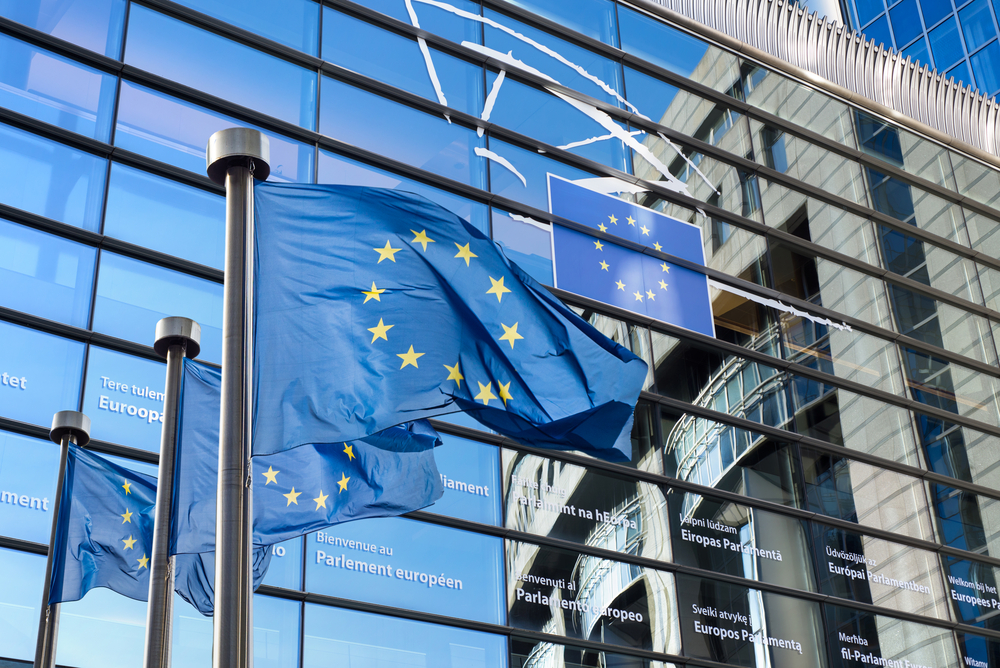
The single European currency revealed itself to be in a relatively strong position on Monday as the new president of the European Central Bank prepared to speak.
Christine Lagarde, who was formerly the managing director of the International Monetary Fund and who is today speaking for the first time in her official capacity as the new president of the Bank, is set to speak at 7:30pm GMT.
At the moment, there is no expectation from analysts that Lagarde will pursue a major shift away from the route taken by her predecessor Mario Draghi.
The euro was spotted on a steady footing on Monday morning in its pair against the US dollar and was reported at $1.1170 at one stage.
There is speculation that it may manage to hit last month’s high point of $1.1179 at one stage.
Elsewhere around the world, the US dollar was seen to be experiencing a few days of problems.
Its index, which is a tracking tool designed to assess the currency’s performance on a rolling basis compared to many other currencies around the world, was stagnating in the 97.193 area.
This was not far from its quarterly low point of 97.107.
The main challenge for the dollar lay in the form of economic data releases out last week.
While payrolls data, which is often closely watched, was better than widely expected, less than pleasant results from a manufacturing survey left the dollar in a poor position.
However, there was some reprieve available for the dollar.
The Japanese yen, which is largely seen as a safe haven currency due to its tendency to attract investment during times of market turmoil, was down.
The dollar managed to head upwards to 108.23.
This was due in part to a public holiday in Japan, which restricted the amount of trading going on.
Over in the UK, election fever gripped the country as parties began launching their campaigns.
For the forex markets, the main consequence of this was that it appeared there was no hard Brexit on the cards – at least not in the immediate future.
This fed into higher demand for the pound, and it was seen at $1.2939 at one stage – higher than its previous position of $1.2200.
Later in the week, the Bank of England is set to issue its interest rate decision – although it is considered highly likely that interest rates will remain as they are.
It remains to be seen whether or not the Bank decides to alter its statement to hint that it might move away from its commitment to tightening.
An unusual entrant into the forex headlines over the week and into Monday came in the form of the South African rand.
It was up by 1% and was noted at 14.8650 in its pair with the US dollar.
This came after credit rater Moody’s announced that it would not be moving the ratings outlook for the country’s debt too far down the scale.
It merely downgraded it instead of labelling it even worse – meaning that the rand managed to scramble back from the brink.
 Between 74-89% of CFD traders lose
Between 74-89% of CFD traders lose  Your capital is at risk
Your capital is at risk  Your capital is at risk
Your capital is at risk  Your capital is at risk
Your capital is at risk